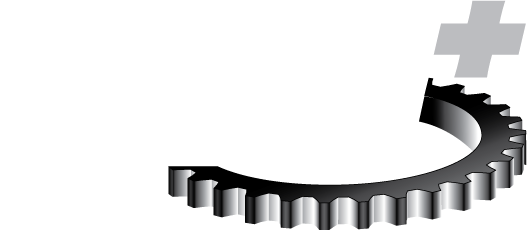
EV and Hybrid Transmission Design Considerations
In order to maximize vehicle fuel-efficiency, Dedicated Hybrid Transmissions (DHTs) tend to be more complex to design than previous conventional systems other than, perhaps, some very advanced high multi-ratio automatic transmissions. This increased system complexity of DHTs means that it is no longer a realistic prospect to use design processes developed for manual and automatic transmission systems and architectures. There is a growing need to develop skills that combine these traditional technologies with novel mechanical and electronic control strategies to derive an optimal solution in terms of operational fuel-efficiency, cost and parts count.
This course will present a high-level view of the hybrid transmission architecture; including transmission / transaxle gear ratio selection, the final drive ratio, the configuration of hookups to link the hybrid powertrain components to the epicyclic gear sets (or other coupling techniques) and the nature of the connections between different nodes of the transmission architecture, as well as an overview of the control scheme that will be necessary to integrate all the various components into a powertrain.
Learning Objectives
By completing this course, you will be able to identify, recognize or articulate:
- The big picture of the current status of hybrid technologies
- Recognize the key challenges of hybrid vehicles
- Fully describe and discuss all the various hybrid powertrain configurations
- Comprehend the key power-split vehicle transmission architectures
- Power flow through the internal combustion engine, electric motors, batteries, transmission, and invertor under various driving conditions
- Understand the common control concepts for hybrid vehicle
- The various roles and controls of each motor in the powertrain architecture
- Use of a dry dampener in place of a torque converter
- Inspire debate and discussion about hybrid technologies
Who Should Attend
The intended audience for this class is powertrain engineers, component suppliers, vehicle platform powertrain development specialists and engineers involved in the application or design of transmissions for hybrid vehicles.
Prerequisites
Because this course is based on a number of design and engineering disciplines, learners should have a B.S. in engineering or related field and preferably a minimum of two years design experience in the automotive powertrain field.
Topics
- Hybrid Electric Vehicles (HEV)
- How hybrid drive systems generate, store and supply power
- Energy use in conventional vehicles
- Energy saving potential of hybrid drive trains
- Various HEV configurations and their operation modes
- The history of hybrids; series and parallel designs
- Design specifics of a powertrain to be used in a hybrid vehicle
- Concept of a power-split / power-combining device
- NVH as an issue for HEVs
